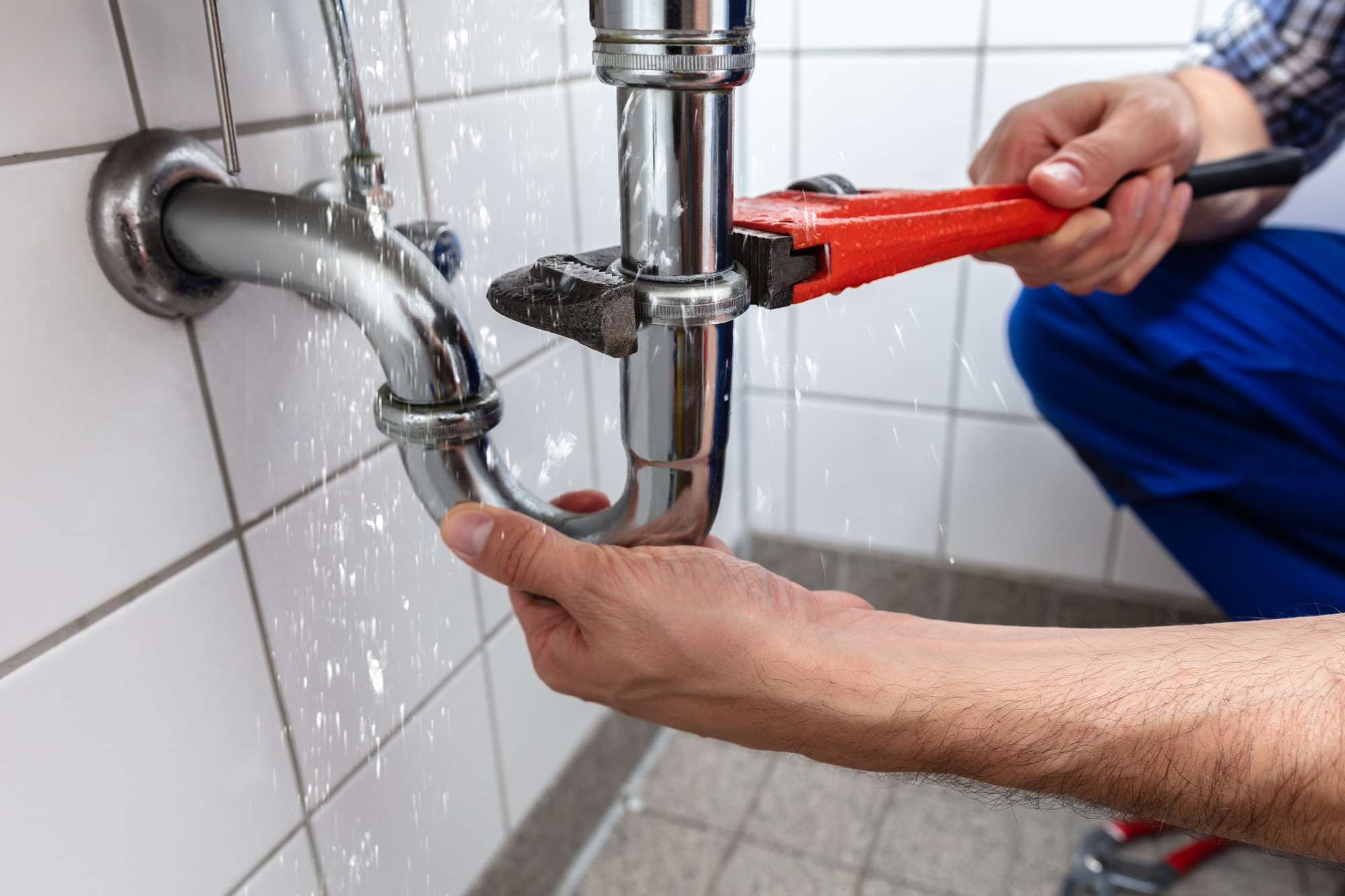Hear that drip drip drip sound echoing throughout your home? If you’re unsure of where it’s coming from, you could have an undetected leak.
According to the U.S. Environmental Protection Agency, the average household wastes nearly 10,000 gallons of water due to leaks every year.
Until you pinpoint where it’s coming from and put a stop to the leak, that wasted water will cause you to waste money, too. With this guide, you can stay alert for signs you have a plumbing leak within your home.
That way, you can act fast before that leak drains your bank account.
1. Wall Cracks
When a single leak continues dripping in the same spot over and over, it causes a slight shift in the ground beneath your home. You might not recognize the shift, but the entire structure of your home will.
With time, that little leak can cause a big crack in your walls.
As the leak continues and the crack grows, the structure of your home will suffer for it.
Look out for a diagonal or vertical crack across the wall. If you see this sign of a plumbing leak, call a plumber immediately. Otherwise, you could put yourself and family members in a potentially dangerous situation.
2. Check the Water Meter
You can also determine if you have a plumbing leak by checking your water meter.
First, find your water meter. Remove the cap from the face of the meter and check the odometer.
Some meters have a leak indicator. If it’s turning, water is moving through the meter.
If the meter doesn’t have a leak indicator, they might have a sweep hand instead. Mark the sweep hand’s placement, wait half an hour, then check it again. If the sweep hand moved, water is moving through the meter.
Make sure water in and outside of your home is turned off. As you walk through your home, keep an ear out for the sound of water running. Check toilet valves, outdoor spigots, and faucets as well.
If the leak indicator is still turning, water is still moving (and leaking) somewhere in your home.
Call for professional leak detection services to determine the source of the leak. An experienced plumber can use the tools you don’t have at home to check for leaks in hard to reach or see areas.
3. Mold or Mildew
A plumbing leak can create the perfect environment for mold and mildew to breed within your walls. Mildew often grows on a non-shower wall and thrives in dark areas within your home. Check for mold stains on the walls.
If you notice mold or mildew, you’ve also found two new signs of a leak.
Make note of where you spotted the mold or mildew. A plumber can check the pipes nearby to find the leak.
4. Musty Smells
You’ll recognize mold by its smell just as much as its appearance. If you notice a musty smell, lighting a scented candle won’t fix the underlying issue.
Mold and mildew spread based on temperatures and humidity levels. Within 24 hours, spores start growing. After 18 days, they become visible.
A musty smell with no recognizable source could indicate a plumbing leak within your home.
Call a plumber immediately. If the odor is leak-related, you’ll want to stop the fungi growth before it gets worse.
5. Stains or Damages
37% of homeowners claim losses due to water damage. A plumbing leak could affect the walls, ceilings, or flooring within your home.
Check for sagging, staining, warping, or bubbling. A hidden pipe leak could cause these issues. As moisture gets trapped in the walls, mold stains will start to form, too.
If you’ve ever stepped onto a carpet only to feel water underfoot, you’re going to need more than a towel.
Instead of soaking up the wet mess, call a plumber. Ignoring the problem will only give moisture the chance to build, giving mold or mildew a new place to call home.
Mold doesn’t just cause an unpleasant odor throughout your home. It can also become toxic to pets, children, and people with weakened immune systems. Don’t give that mold a spread.
Instead, call a plumber and find the source of that leak!
6. Loose Fittings
The pipes within your walls are usually the first source of a plumbing leak. However, they’re not the only type of leak you might deal with. In some cases, the seals around your tub or toilet that hold them to the floor can loosen with time.
Moisture and water can drip from these fixtures.
Once that water reaches the floor, it could cause sinking or sagging. Check your bathroom flooring for signs of a leak.
7. Your Water Bill Went Up
When we notice a jump in our water bill, there’s usually an explanation. Maybe you’ve started taking long, hot showers during the winter. Your kids might have returned home for summer break.
If there isn’t a reason for the jump, check your home for the six signs mentioned above.
An unexpected increase in your water bill could indicate a leak. Remember, small leaks build up over time. As that water builds and builds, you could experience additional expenses down the road.
Try to detect a leak as soon as possible. If you suspect there’s a hidden leak within your home, call for plumbers in Oklahoma City.
Otherwise, you’ll have to stack mold removal and wall repairs on top of that water bill.
Serious Signs You Have a Plumbing Leak
Still hearing that drip, drip, dripping sound? If the sound doesn’t drive you crazy, the jump in your water bill might.
Keep an ear (and both eyes) out for these seven signs you have a plumbing leak. Now that you know how to recognize the signs, you can call an expert to repair the leak before it causes serious damage.
Schedule an appointment with us online today to stop water leaks from draining your bank account.
 August 11th, 2019
August 11th, 2019
